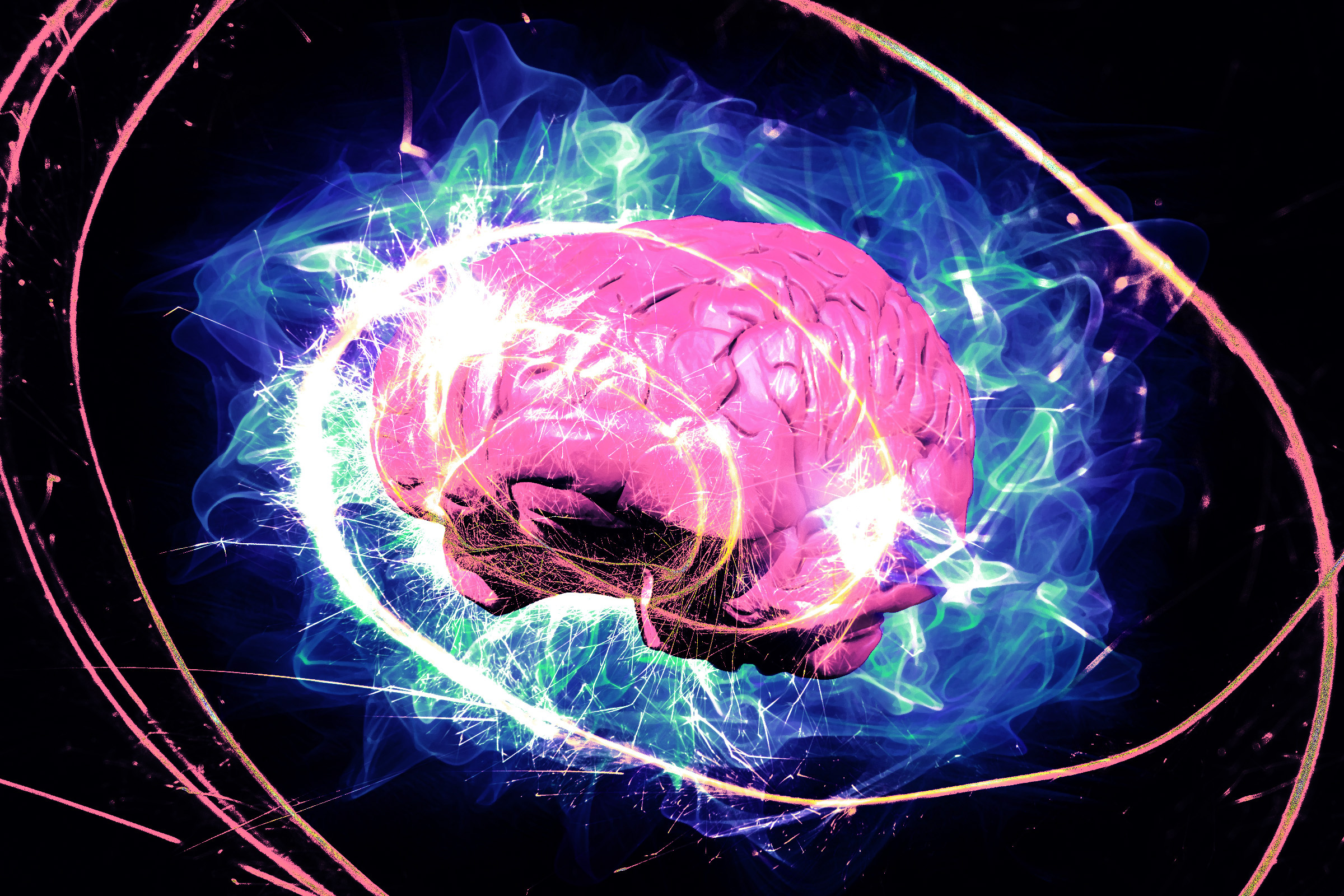A groundbreaking study by Peter Coppola, a visiting neuroscience researcher at the University of Cambridge, has sparked discussions about the fundamental nature of consciousness. His extensive review of over 100 years of brain science presents evidence that questions long-held beliefs regarding which brain regions are essential for conscious experience.
Reevaluating the Foundations of Consciousness
In his article published in The Conversation, Coppola outlines his aim to create a hierarchy of brain functions related to consciousness. His research delves into various aspects of neuroscience, including surgical studies on animals and the effects of electrical and magnetic stimulation on the brain. The findings challenge the prevailing consensus that the neocortex, the brain’s outer layer, is crucial for consciousness.
Consciousness is often defined as the awareness of one’s thoughts, feelings, and experiences, making it a deeply subjective phenomenon. Yet, scientists strive for objective understanding, which complicates the study of such an elusive concept. Traditionally, theories about consciousness have emerged from four competing perspectives, all of which assert some role for the neocortex. Coppola’s work seeks to test this assumption by analyzing three distinct brain regions: the cortex, the subcortex, and the cerebellum.
Findings That Challenge Established Beliefs
Coppola’s research uncovers surprising evidence. He notes instances where individuals born without a cerebellum or parts of their cortex can still exhibit signs of consciousness and lead ordinary lives. For example, he states, “people born without the cerebellum, or the front of their cortex, can still appear conscious and live quite normal lives.” In contrast, damage to the cerebellum later in life can lead to hallucinations or drastic emotional shifts.
His review also highlights cases of children who are missing significant portions of their neocortex. Medical textbooks typically classify these individuals as being in a permanent vegetative state; however, recent studies indicate they display behaviors characteristic of conscious beings, resembling those of children with fully developed neocortices. Similar observations have been made in adult animals, further complicating the narrative surrounding consciousness.
Coppola proposes two possible explanations for these findings. The first suggests that the neocortex, a relatively recent evolutionary development, may not be necessary for basic consciousness. Alternatively, he posits that when a person is born with a deficient cortex, the other brain regions may adapt and compensate for the lack of functionality.
These revelations urge a reexamination of existing theories surrounding consciousness, with implications that extend to patient care and our understanding of animal rights. As Coppola concludes, “this means we may have to review our theories of consciousness.” The potential for consciousness may be more widespread than previously believed, challenging preconceived notions and opening new avenues for research and ethical considerations.
This study represents a significant moment in neuroscience, prompting researchers and clinicians alike to reconsider foundational principles about the mind and consciousness. As the scientific community continues to explore these complex questions, the implications of Coppola’s findings may resonate far beyond academia.
